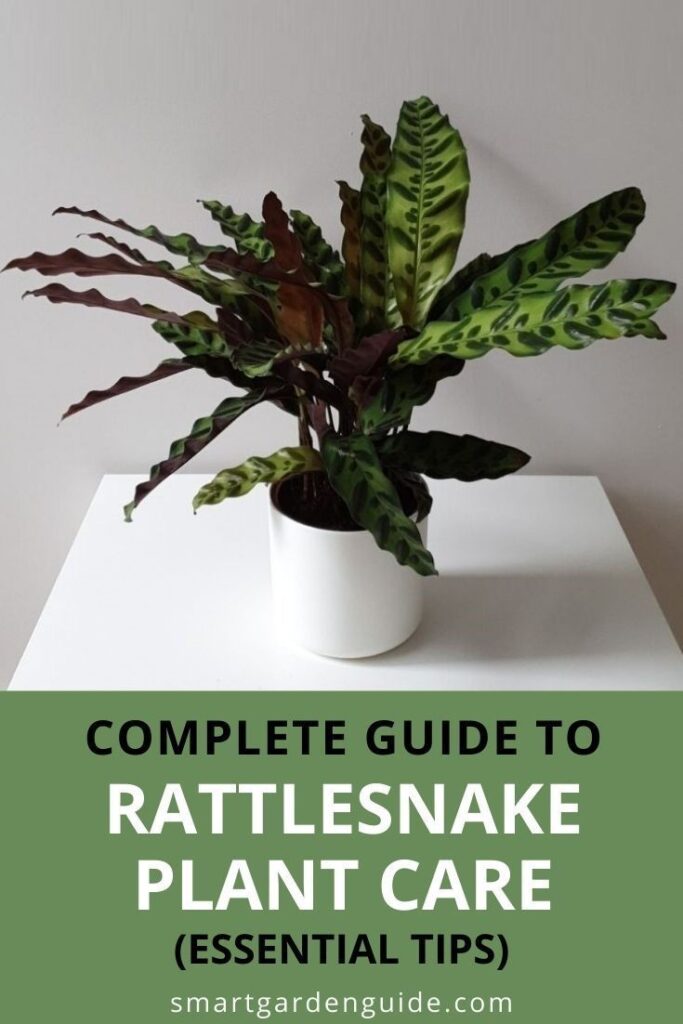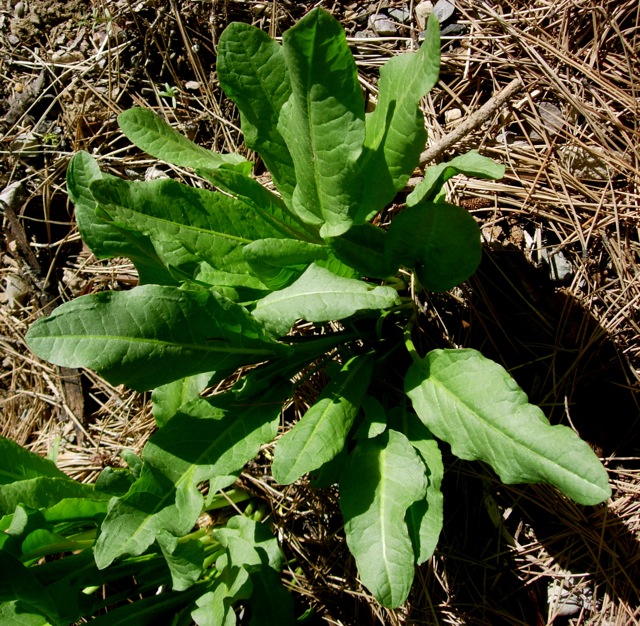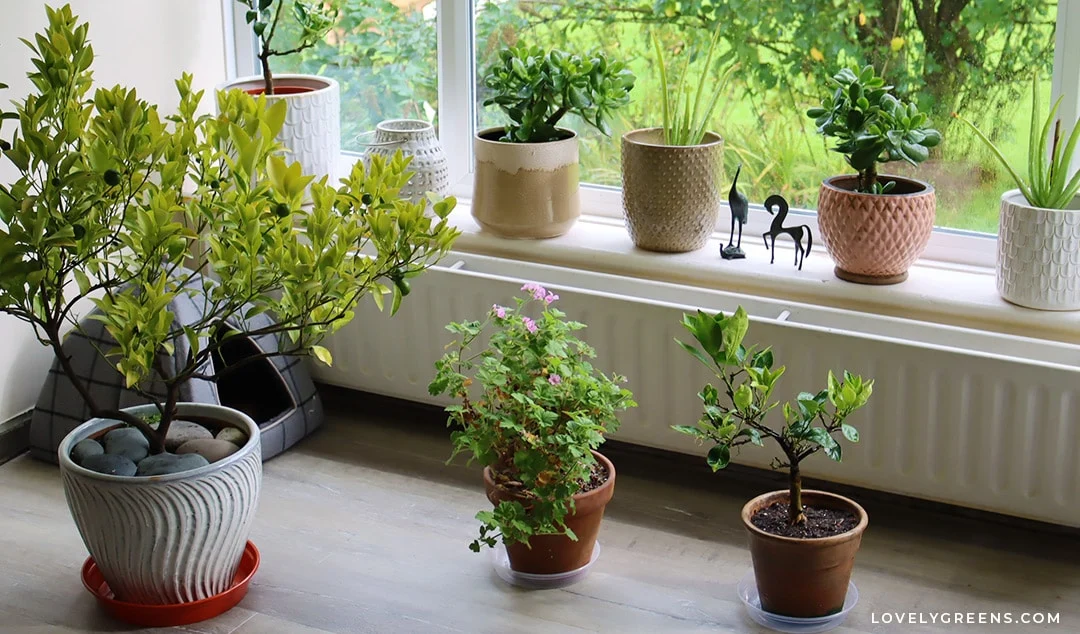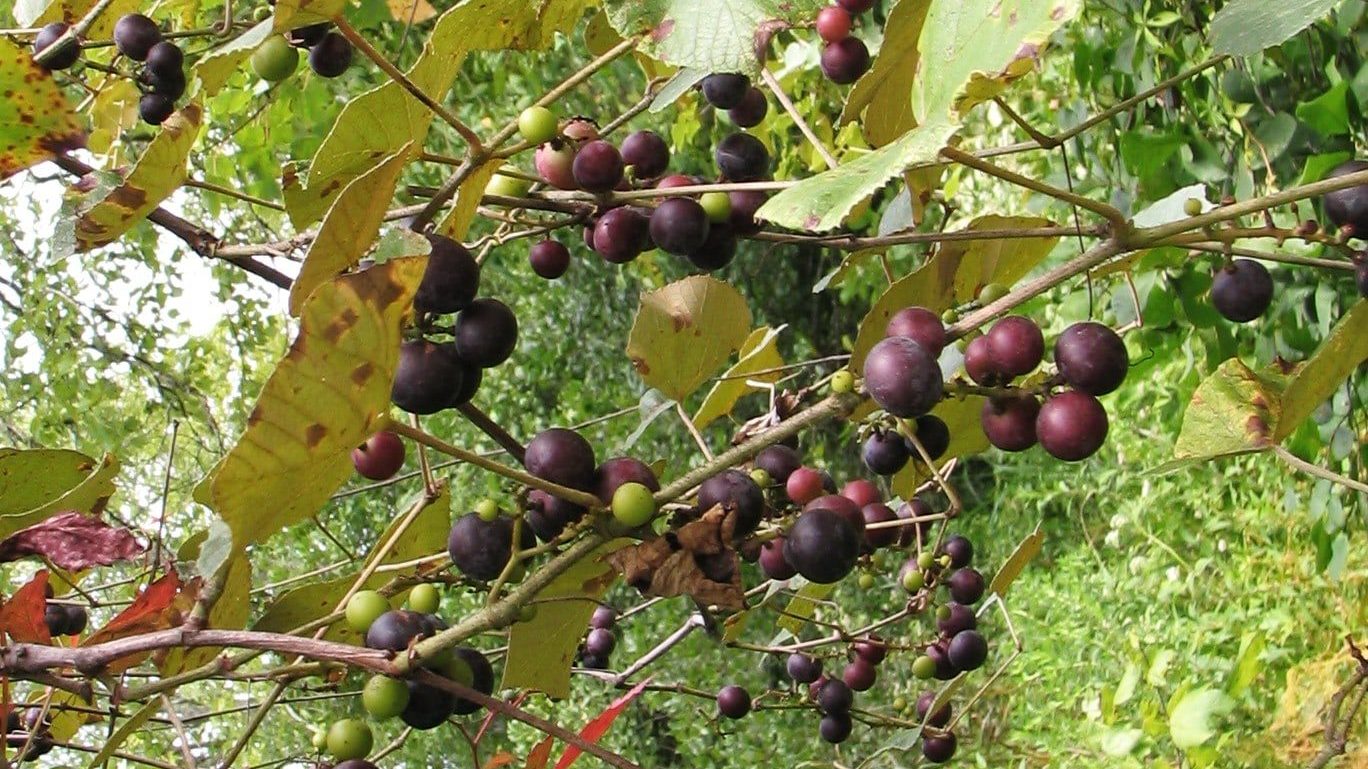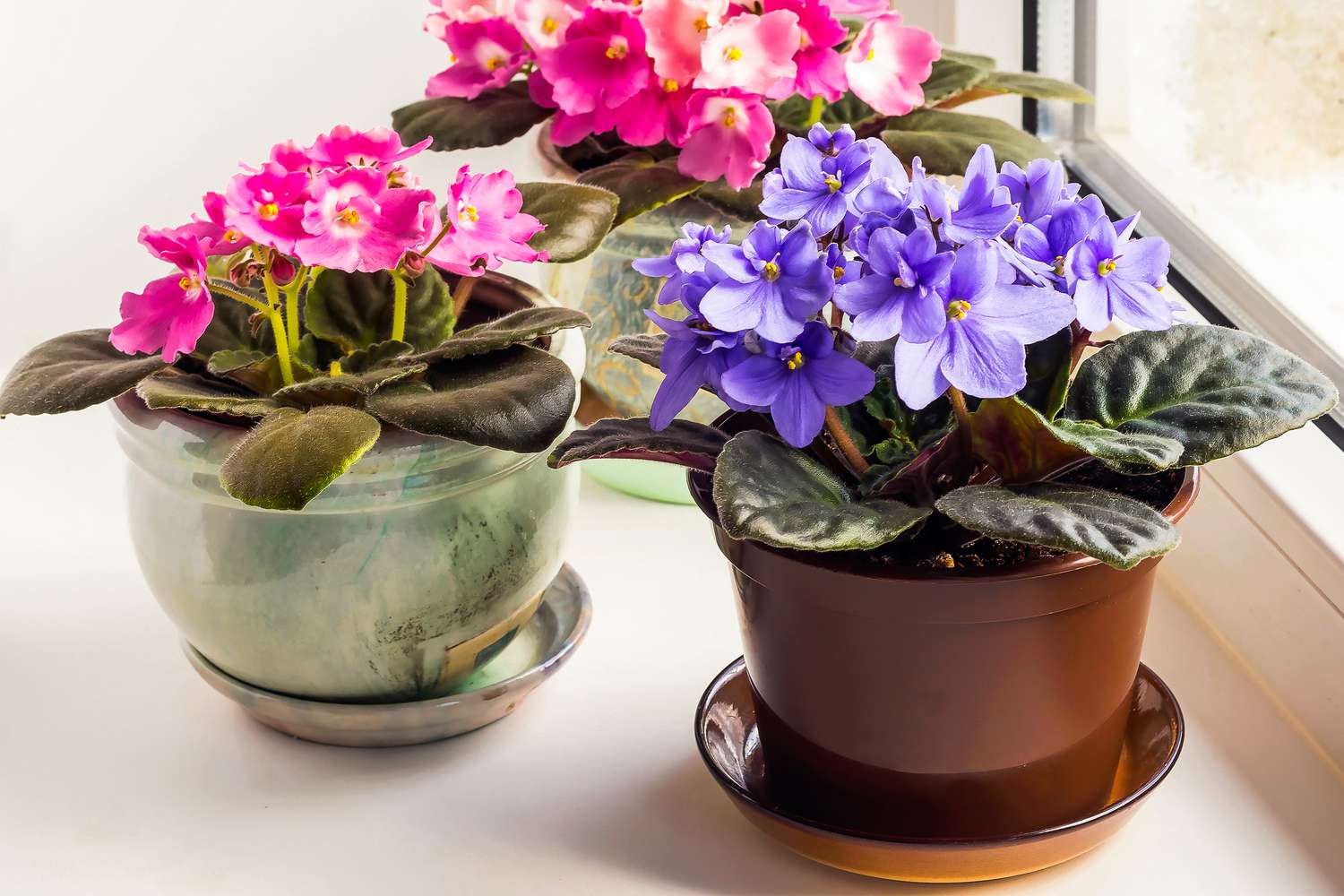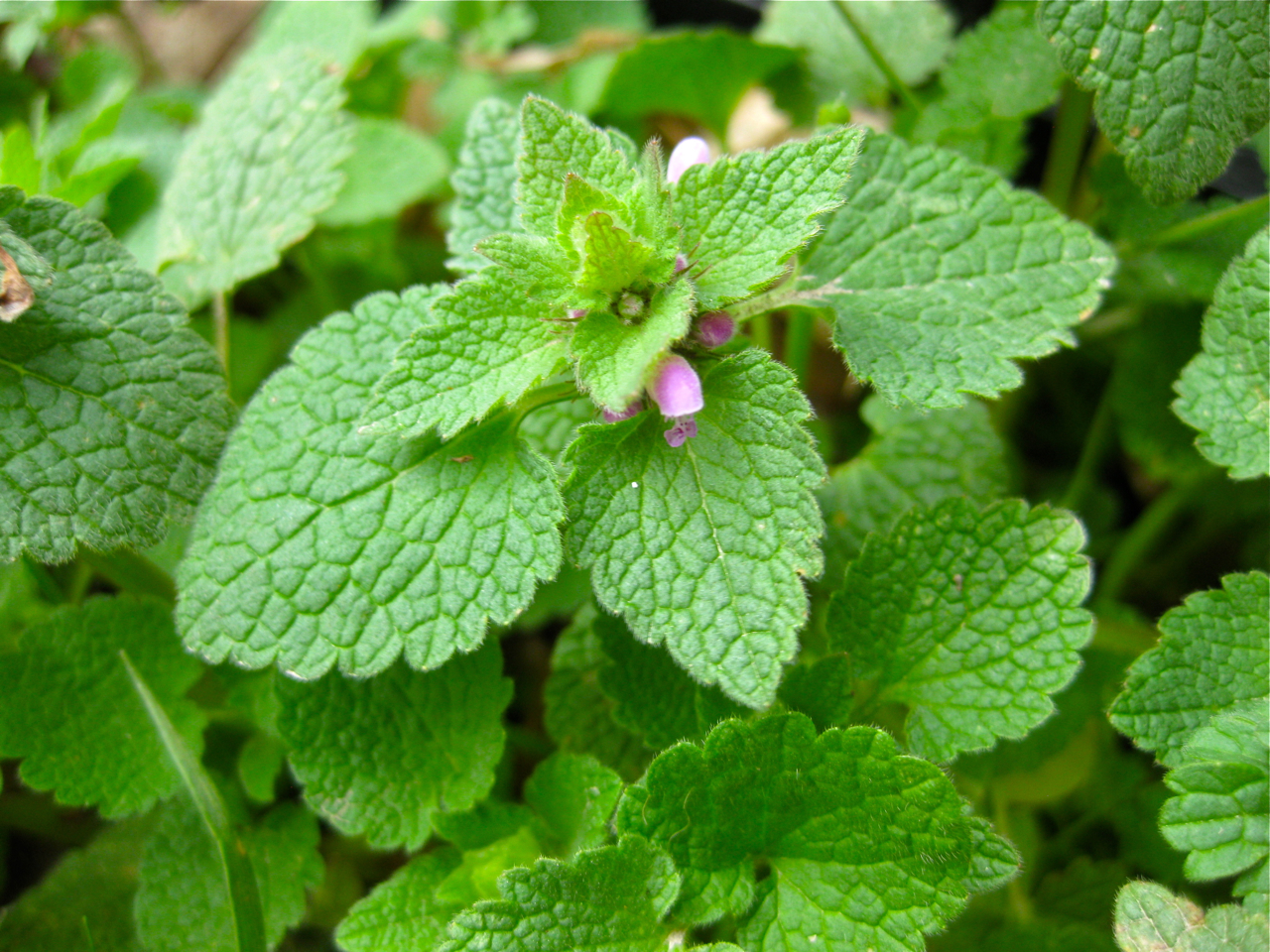To care for a Rattlesnake Plant, provide it with bright, indirect light, keep the soil moist but not waterlogged, maintain a humid environment, and use a well-draining potting soil.
:max_bytes(150000):strip_icc()/growing-rattlesnake-plants-5088292-3-c37f03dd6a0e491a91e837d28d06b1f2.jpg)
Credit: www.thespruce.com
Choosing The Right Location
For successful rattlesnake plant care, choosing the right location is crucial. This tropical plant thrives in specific light, temperature, and humidity conditions. Ensuring the ideal environmental factors will contribute to its overall health and vibrant appearance.
Light Requirements
Rattlesnake plants thrive in bright, indirect light. Placing them near a window but away from direct sunlight is ideal. Keep them away from vents and drafty areas to prevent stress on the plant.
Temperature And Humidity Considerations
These plants prefer temperatures between 65-80°F (18-27°C) and high humidity levels to mimic their natural habitat. Consider using a humidifier or misting the plant regularly to maintain the required humidity.

Credit: www.pinterest.com
Watering And Feeding
Proper watering and feeding are crucial for the health of your rattlesnake plant. By following the right watering schedule and fertilizing guidelines, you can ensure that your plant thrives and displays its stunning foliage to full effect.
Watering Schedule
Establishing a regular watering routine is essential for the well-being of your rattlesnake plant. This tropical beauty enjoys consistently moist soil, but it’s important to ensure that the soil doesn’t become waterlogged. It’s recommended to water your plant when the top inch of soil feels dry to the touch. Bear in mind that humidity levels and environmental conditions can influence your plant’s watering needs, so it’s wise to monitor the soil’s moisture levels regularly.
Fertilizing Guidelines
In addition to consistent watering, providing your rattlesnake plant with appropriate nutrients is important. During the growing season, which typically spans from spring to early fall, it’s beneficial to feed your plant with a balanced liquid fertilizer once a month. However, it’s crucial to dilute the fertilizer to half its strength to prevent any potential damage to the plant’s delicate roots.
Pruning And Propagation
Proper pruning and propagation techniques are essential for the care of a rattlesnake plant. Pruning helps maintain the plant’s health and appearance, while propagation allows you to expand your collection or share the plant with others. Here, we will discuss how to remove dead leaves and different propagation methods for your rattlesnake plant.
Removing Dead Leaves
Regularly removing dead leaves from your rattlesnake plant is important to promote new growth and prevent the spread of diseases. Dead leaves not only detract from the plant’s appearance but can also attract pests. Follow these steps to safely remove dead leaves from your plant:
- Gently hold the base of the dead leaf near the stem.
- Using a sharp and clean pair of pruning shears, make a clean cut just above the base.
- Dispose of the dead leaf in a compost bin or discard it responsibly.
Regularly inspecting your rattlesnake plant for dead leaves and removing them promptly will help it thrive and maintain its overall health.
Propagation Techniques
Propagating a rattlesnake plant allows you to create new plants from established ones. Here are two popular propagation techniques:
- Division: This method involves carefully dividing the plant into smaller sections, each with its own roots and stems. Follow these steps to propagate your rattlesnake plant through division:
| Step | Description |
|---|---|
| 1 | Prepare a new pot with well-draining soil. |
| 2 | Gently remove the rattlesnake plant from its current pot. |
| 3 | Divide the plant into smaller sections, ensuring each section has roots and stems. |
| 4 | Plant each section in the new pots. |
| 5 | Water the newly propagated sections and place them in a suitable location. |
- Stem Cutting: This method involves taking a cutting from the stem of the rattlesnake plant and encouraging it to root. Follow these steps to propagate your rattlesnake plant through stem cutting:
- Choose a healthy stem section with at least two nodes.
- Use a clean, sharp knife or scissors to make a clean cut just below a node.
- Remove any leaves from the bottom half of the cutting.
- Place the cutting in a container filled with water or a suitable rooting medium.
- Keep the cutting in a warm and humid environment, and change the water or mist the rooting medium regularly to prevent it from drying out.
- Once roots develop, transplant the cutting into a new pot with well-draining soil.
Propagation is a rewarding way to expand your rattlesnake plant collection or share its beauty with others. Whether you choose division or stem cutting, remember to provide proper care and attention to the new plants until they are established.
Pests And Diseases Management
When caring for your rattlesnake plant, it is crucial to be vigilant against pests and diseases that can harm your plant’s health. Proper management of pests and diseases is essential for maintaining a thriving rattlesnake plant.
Common Pests To Watch Out For
- Spider Mites: Tiny pests that can cause damage to the leaves by sucking out sap.
- Fungus Gnats: Small flying insects that lay eggs in the soil, leading to root damage.
- Mealybugs: White, cotton-like pests that feed on the plant sap, causing yellowing of leaves.
Regularly inspect your rattlesnake plant for any signs of these common pests. Early detection is key to preventing infestations.
Preventive Measures For Diseases
- Adequate Watering: Avoid overwatering to prevent root rot and fungal infections.
- Proper Air Circulation: Ensure good airflow around the plant to reduce the risk of fungal diseases.
- Regular Cleaning: Remove any dead or decaying leaves to prevent the spread of diseases.
Implementing these preventive measures can help keep your rattlesnake plant healthy and thriving. Remember, a proactive approach to pest and disease management is key to successful rattlesnake plant care.
Troubleshooting Common Issues
Despite your best efforts, your rattlesnake plant can still encounter some common care issues. It’s important to be able to recognize these problems and address them promptly to ensure the continued health and vibrancy of your plant.
Yellowing Leaves
If you notice yellowing leaves on your rattlesnake plant, it could be a sign of overwatering. Check the soil moisture and ensure that you are allowing the top inch to dry out before watering again. Additionally, consider the plant’s exposure to direct sunlight or drafts, as these can also cause yellowing.
Wilting And Drooping
Wilting and drooping are often indicators of underwatering. Make sure your rattlesnake plant is receiving adequate moisture, especially during warmer months. In addition, check the humidity levels in the plant’s environment, as low humidity can also cause wilting and drooping.
By addressing these common issues promptly and making the necessary adjustments to your rattlesnake plant care routine, you can help your plant thrive and continue to display its captivating foliage.
Enhancing Growth And Appearance
Caring for a rattlesnake plant involves enhancing its growth and appearance to maintain its vibrancy and health. By following specific techniques in supporting upright growth, promoting flowering, and providing optimal conditions, you can ensure the plant thrives and beautifies its surroundings.
Supporting Upright Growth
To support the upright growth of your rattlesnake plant, consider the following:
- Use well-draining potting soil to prevent waterlogging that can lead to root rot.
- Provide a sturdy, stable pot that accommodates the spreading nature of the plant’s foliage.
- Ensure the pot has drainage holes to maintain proper soil moisture levels.
- Regularly check the plant for signs of wilting or drooping, and adjust its location to provide optimal light and humidity conditions.
Promoting Flowering
To encourage flowering in your rattlesnake plant, consider the following tips:
- Place the plant in bright, indirect light away from vents and drafty areas to support its energy for flowering.
- Monitor the soil moisture and keep it consistently moist, as dry conditions may hinder the development of blossoms.
- Provide high humidity through misting, using a humidifier, or placing a tray of water near the plant to promote a favorable environment for flowering.
- Refrain from over-fertilizing, as excessive nutrients can divert the plant’s energy away from flowering.
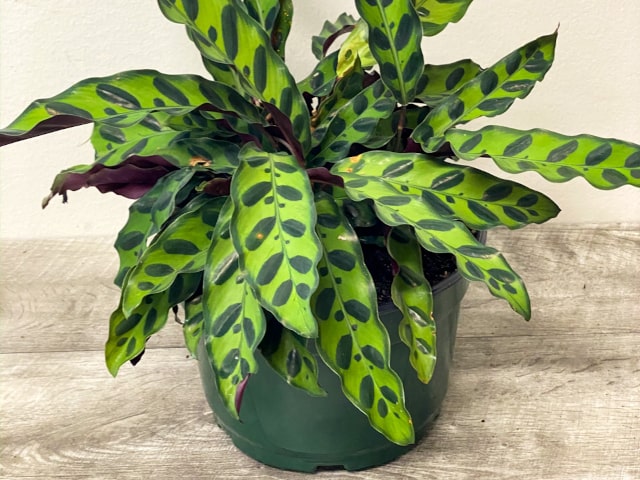
Credit: www.sundaygardener.net
Frequently Asked Questions On How To Care For A Rattlesnake Plant
How Often Should I Water My Rattlesnake Plant?
Water your rattlesnake plant every 1-2 weeks, allowing the top inch of soil to dry between waterings. Avoid over-watering to prevent root rot.
Are Rattlesnake Plants Difficult To Care For?
Rattlesnake plants can be challenging due to their humidity needs but thrive indoors with proper care, making them great for accentuating indoor spaces.
Why Are The Tips Of My Rattlesnake Plant Turning Brown?
The tips of your rattlesnake plant turn brown due to low humidity levels causing crispy leaves.
How Do I Know If My Rattlesnake Plant Is Happy?
A happy rattlesnake plant needs bright, indirect light, well-draining soil that stays moist, and a humid environment. Avoid direct sunlight and keep a cup of water nearby or use a humidity tray. With proper care, your plant will thrive.
Conclusion
Caring for a rattlesnake plant may seem challenging, but it’s worth the effort. Remember to provide the right amount of light, water, humidity, and well-draining soil. Avoid direct sunlight and keep a cup of water nearby or use a humidity tray.
These drama queens thrive in a humid environment. With proper care, your rattlesnake plant will flourish and reward you with its beautiful green leaves. Enjoy the process and watch your plant thrive!

